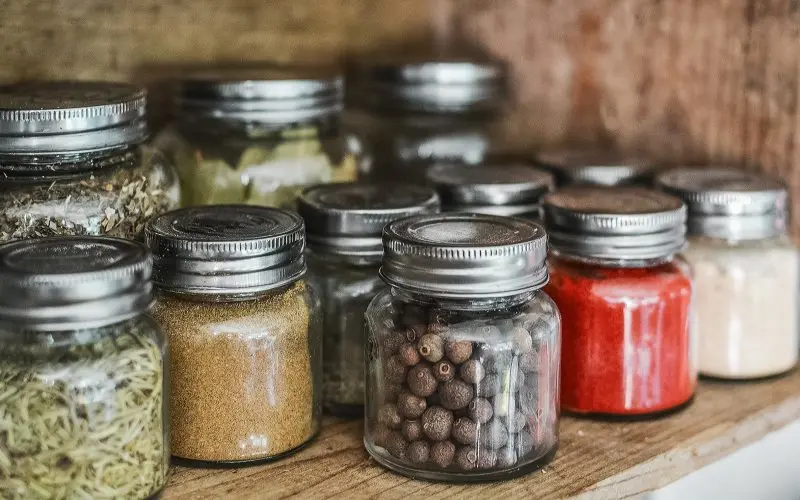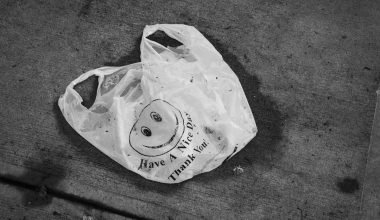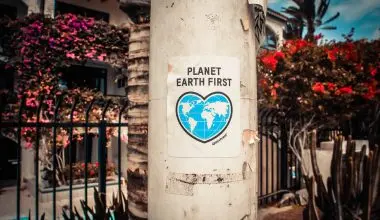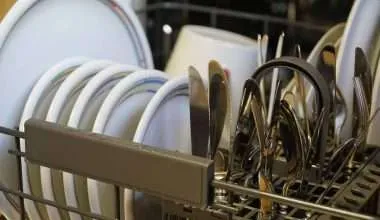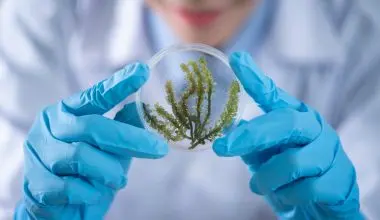Table of Contents Show
Whether you own a garden and harvest your own food or not, everyone should know how to preserve their food and the benefits that it has. The knowledge of food preservation is a very important skill set in case you end up buying more food than you need (buying in bulk is sustainable too).
To help you with food preservation here are some ways to help you start with preserving your food. All of these methods listed are eco-friendly and very economical to one’s wallet.
1. Sun Drying
Fruits can be easily dried out under the Sun on a bright sunny day. Drying removes the chance of bacteria, mold or yeast growing in fruits as water gets removed.
Fruits can be dried as they contain abundant amount of sugars and acids.
Whereas most vegetables and meat products cannot be dried under the sun as they don’t contain the necessary amount of sugars like a fruit does.
For meat, you smoke it.
2. Smoked Meat
Smoking meat takes a little bit of effort and quite a bit of time but the end-result is all the more satisfying.
Meat is mostly smoked due to flavor-enhancing purposes. It allows your meat to be preserved for as long as 4 days!
Just remember to refrigerate the smoked meat within 2 hours.
Ham, Salmon and Bacon have all been smoked to enhance the flavor and also act in preservation.
The flavor-enhancing part is actually new. In ancient times, the meat was smoked just to preserve it for long periods of time.
The smoke basically acts like an acidic coat on the surface of the meat, inhibiting bacteria to come in contact with the meat.
The smoke also dehydrates the meat, making conditions inside the meat unfavorable for bacterial growth.
3. Freezing
The rate at which food deteriorates is significantly reduced by freezing the food.
Cold temperature limits bacterial growth, activity and reproduction. It also inactivates enzymes thus halting metabolic processes.
The freezer temperatures for freezing meet should be below 0 degrees Celsius or at the very least, below 4 degrees.
This is also the reason why we store leftover food in the fridge to eat over the next few days, because it’s not going to go bad as compared to when it’s sitting on the table outside.
4. Fermentation
Fermentation is the process of decaying something in a controlled manner with the use of bacteria to achieve a more desirable product.
However, a technical definition of fermentation would be ‘ converting sugars into alcohol ‘.
Fermentation also increases the nutritional value of a food item and make it healthier for you to eat. Also remember, fermentation is a natural process.
Fermentation occurs in the process of micro-organisms making energy for themselves without the use of oxygen (anaerobic respiration).
These micro-organisms unintentionally create an environment that is toxic for them and for other micro-organisms due to the excess production of acid and alcohol.
Depending on what you’re fermenting and the way you ferment it, some foods can remain edible for years.
Some of the products fermented at home as well as in industries include;
- yogurt
- butter
- buttermilk
- cheese
- sourdough
- chocolate
- black teas
- coffee
- sprouted nuts, grains and seeds
- wine
- beer
- whiskey
- sake
- Kombucha
- vodka
and obviously, many more.
5. Salt
It has been used throughout human history to preserve meat. It is also used to preserve vegetables and is an important ingredient in fermentation too.
Salt preserves food by removing moisture from food. However keeping the food refrigerated is still necessary.
As we discussed about how smoking-caused dehydration inhibits the growth of bacteria; this is similar. It actually has an added benefit.
Food preservation salting is able to pull out water from bacteria too, thereby killing them.
Salt is actually more commonly used when preparing fish.
6. Vinegar
It is a natural food preservative used for preserving various types of Herbs and Vegetables such as carrots, cucumbers and onions. Vinegar is also used to add nutrition as well as for salad dressings.
7. Honey
Honey is being used since the medieval era. Honey contains very low water content preventing the growth of bacteria. It also produces acid and hydrogen peroxide which both have a bactericidal action.
It can last for several years if it is protected from moisture.
This can just as easily be done by storing it in an air-tight glass jar and keeping the jar in a cool and dry place.
P.S: Honey is also a healthy alternative to refined sugar.
8. Drying
Processed foods, fruits, vegetable, seeds and herbs can all be dried to inhibit growth of Bacteria. This method has been practiced since ancient times to preserve food.
Once your food has been dried they can be stored in glass jars to protect them from dust and insects as they are already safe from bacteria once they are dried out.
9. Alcohol
Rum, Brandy and other consumable alcohol varieties can be used to preserve various fruits. This is because alcohol then acts as a barrier between the fruit and the bacteria present in the air.
It is also used to help grow trees, 70% Iso-propyl alcohol is sprayed as an antiseptic on plants to remove aphids.
Vodka has been used to maintain the health benefit of medicinal herbs. These herbs are immersed in vodka when stored in tight jars so that bacteria or otherwise contents of air don’t come into contact with it and reduce it’s health benefits.
10. Root Cellar
People often build root cellars underground to store and preserve nuts, fruits, vegetables or other foods. Some examples of products that are usually stored include;
- carrots
- turnips
- cabbages
- and beets
- nuts
- apples
- potatoes
- pears
11. Pasteurization
It is used for preserving liquid food. Nowadays, it’s mainly used for dairy products such as milk which is heated up to 72ᵒC (161.6ᵒF) for 15-30 seconds to kill bacteria and enhance the shelf-life. This method was invented by Louis Pasteur, in 1862.
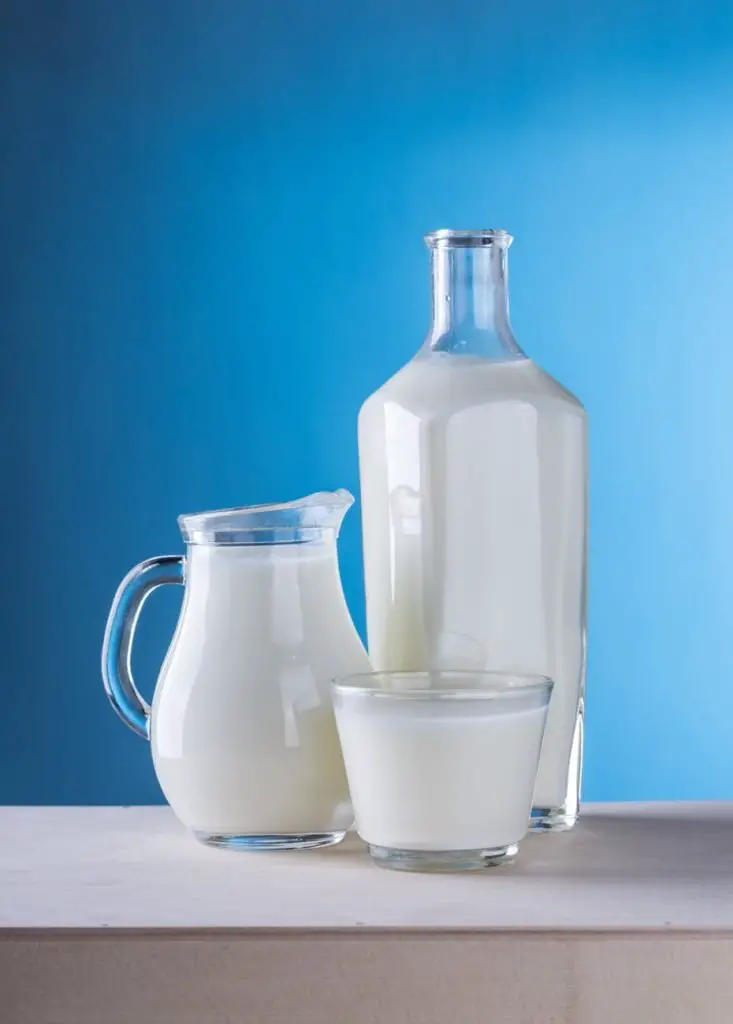
The shelf-life is further enhanced when the milk is refrigerated after pasteurization.
12. Saving seeds
Saving seeds isn’t only a part of preservation of food but it also helps to protect the extinction of various plant species giving it a wider importance.
Saving seed gives our world greater biodiversity and preserves various species of vegetables and fruits in the process. Probably the method of saving seed is more important than any of the previously stated methods of food preservation.
With the increasing use of agriculture biotechnology as well as mono-culture farming, farmers are abandoning traditional varieties. It has become very important for seeds of traditional varieties to be preserved.
13. Olive Oil
This process requires the immersion of food into oil and simply protecting it from air to preserve it.
This method is commonly used in homes throughout Europe. Olive oil preservation should be done cautiously in vegetables with low acid-content as that increases risk of contamination with Clostridium Botulinum. This is a very dangerous form of bacteria.
14. Antimicrobial preservatives
The purpose of antimicrobial preservatives is to inhibit bacterial and fungal growth as well as to prevent the oxidation of food.
Examples of antimicrobial preservatives include formaldehyde, sodium nitrate, nitrite, EDTA and more.
These are readily available but should be used in limited quantities, just sufficient enough to preserve and not release excess chemical into the environment.
15. Sugar
Sugar also has the ability to draw out water from food like salt and hence is being used as a preservative for centuries now.
Sugar can preserve fruits either in crystallized form or as antimicrobial syrups.
16. Canning
This was invented by Frenchman Nicholas Appert and involves storing cooked food in sterilized jars or cans.
The food is safe and can be stored for a long duration. However, the food is susceptible to spoilage once the jar or can is opened.
Many restaurants offer canned food for your travel needs. Canned food can also be brought back home as a souvenir for your family and friends.
17. Jelly
Food is cooked in a material which solidifies to form a gel. Gel like substances includes agar, gelatin, flour and maize.
Conclusion
As i discussed initially in the introduction as well. Food preservation is a good thing to do for the environment as well as for yourself. Buying in bulk is always advised, especially when trying to be more sustainable.
It ends up being light on the pocket as well as good for the environment due to reduced packaging.
However, when buying in bulk, there is always the need to store excess food for future use.
Some of these food preservation methods allow you to store food for years on end. Hence, these food preservation methods should be learned and acquired to be able to have a more sustainable lifestyle.
And when talking about benefits, food preservation does all of the following except allow the growth of micro-organisms!
They stay away from properly dried and preserved foods. And for good cause, food preservation salting can kill them.
Have you ever dried foods? Share your experience below.
